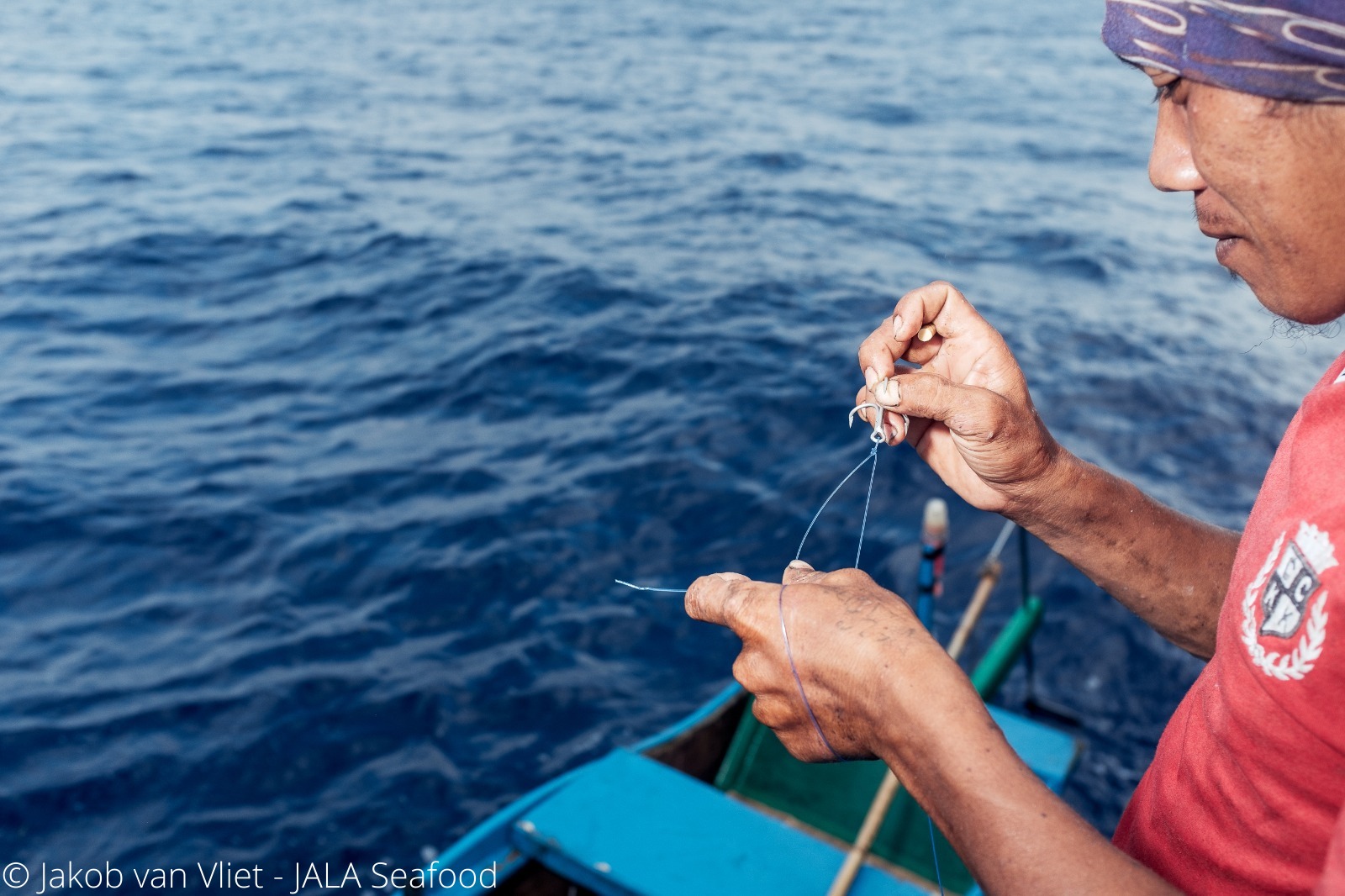
Talaud Handline yellowfin tuna

Location & History
Talaud is located on the northernmost island of Indonesia, close to the border of Indonesia and the Philippines. The fishery was first established in 2017 but it took two years before fishing began in 2019. During that time, a lack of electricity and transportation caused factory construction to be delayed. However, since then more factories and processing plants have been developed and even an ice factory now supplies free ice to the fishers, which means the tuna maintains a high-grade from sea to land and can be sold for more of a profit. Even with limitations from the COVID-19 pandemic in 2020, this fishery was still able to catch, process and supply tuna for the export market.
How is the Tuna Caught?
All the catch from this fishery is caught using the traditional handline technique, wherein each fisher uses a single line with a hook attached, to catch one fish at a time. The majority of boats are manned by just one person and most fishers use rocks and small fish, such as mackerel as bait. The tuna are caught on the hooks and are stored on board, surrounded by ice to maintain freshness and a high quality. Fishing trips in a typical month can produce up to 25,000 KG of fish - that’s about 150,000 cans of tuna per month! However, tuna fishing in Talaud is seasonal, fishing only from May to October.
Unique Features
Located in the pristine water, the majority of Talaud people work as fishers. The men are in charge of the family's income, while the women manage the money and livelihoods of the family. Their lives depend upon the availability of fish in the sea, so all fishery stakeholders in Talaud understand the importance of protecting the sea and fishing sustainably to ensure the future of the seas and to the younger generation.
Gallery
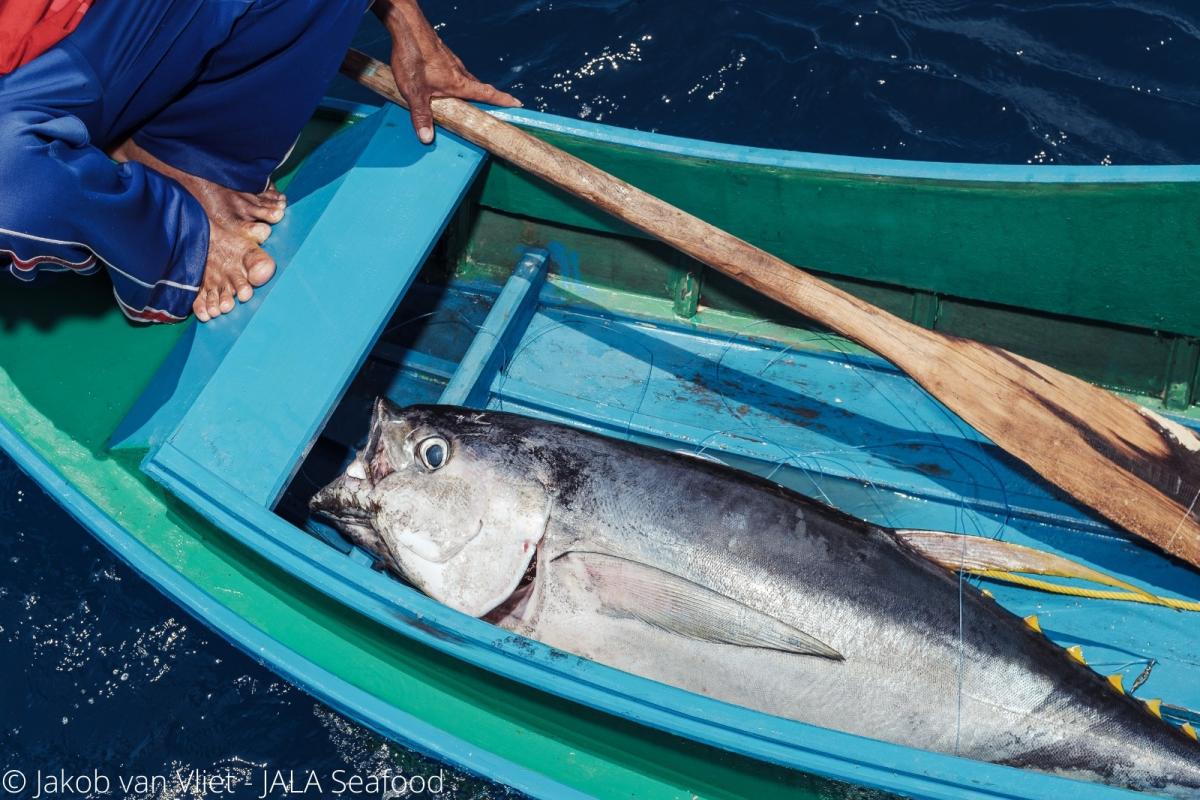
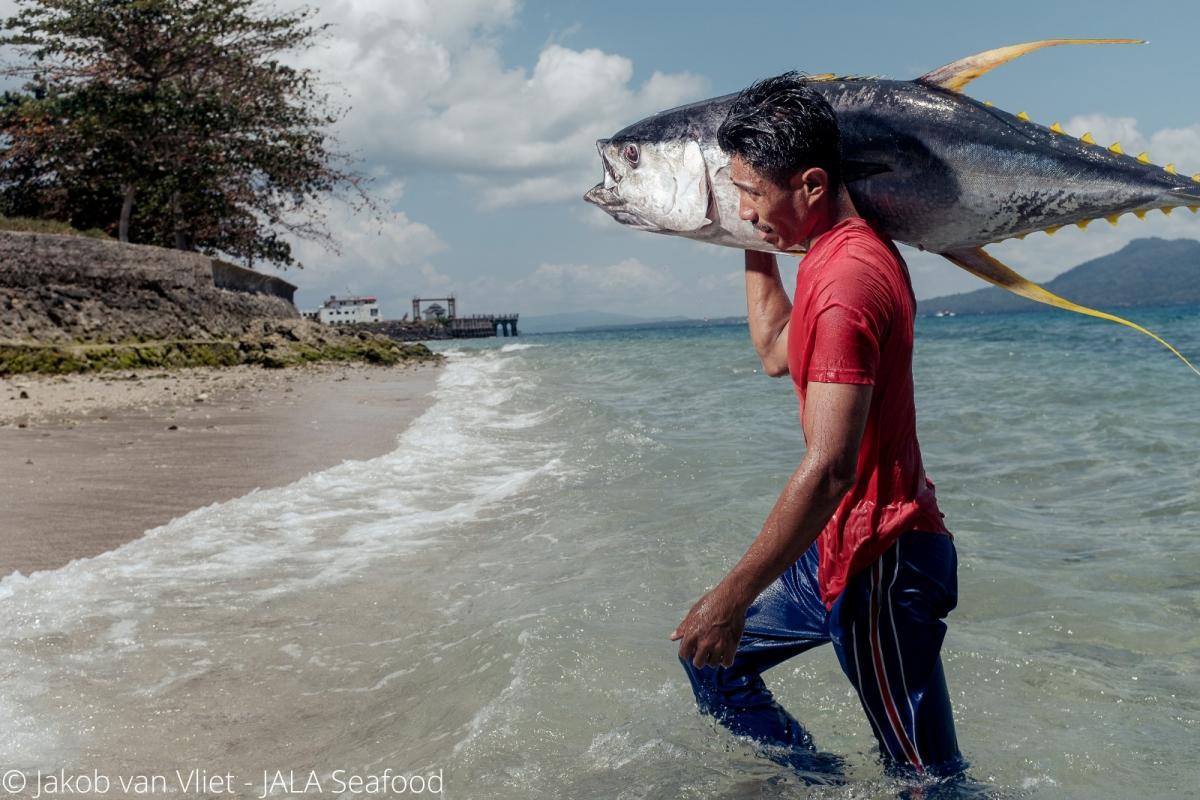
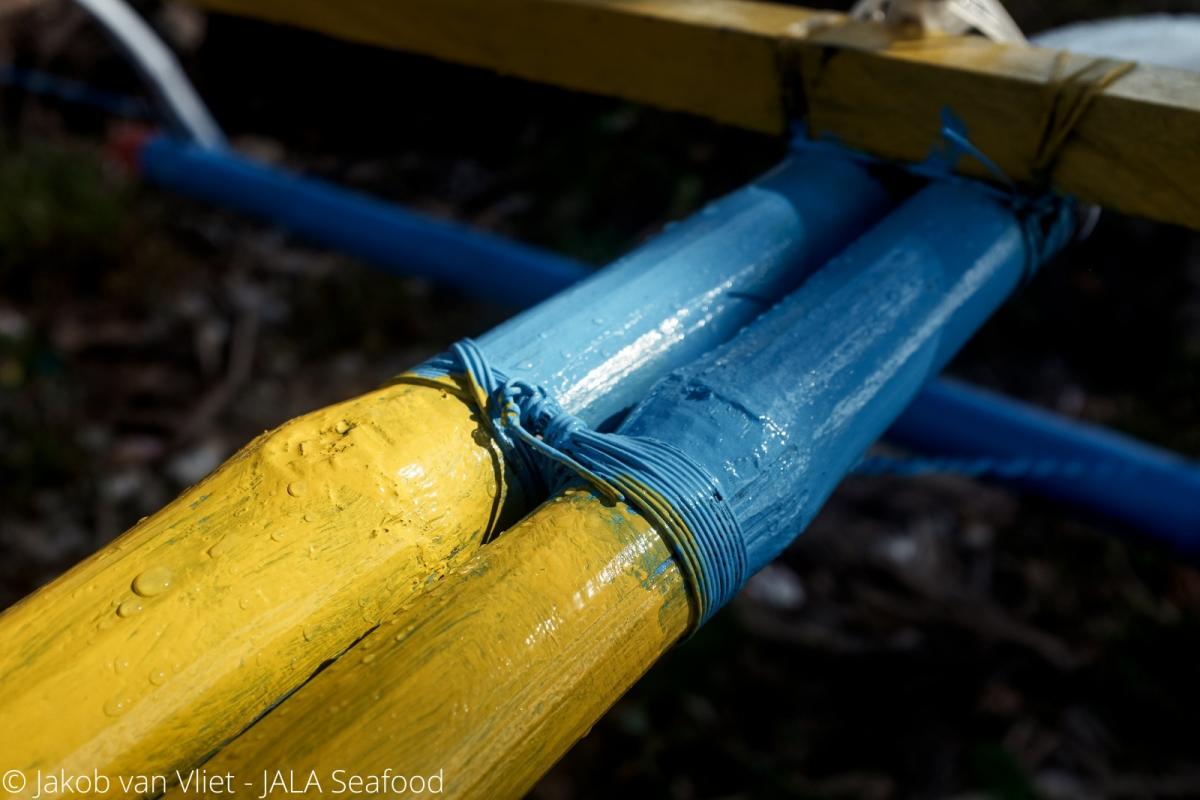
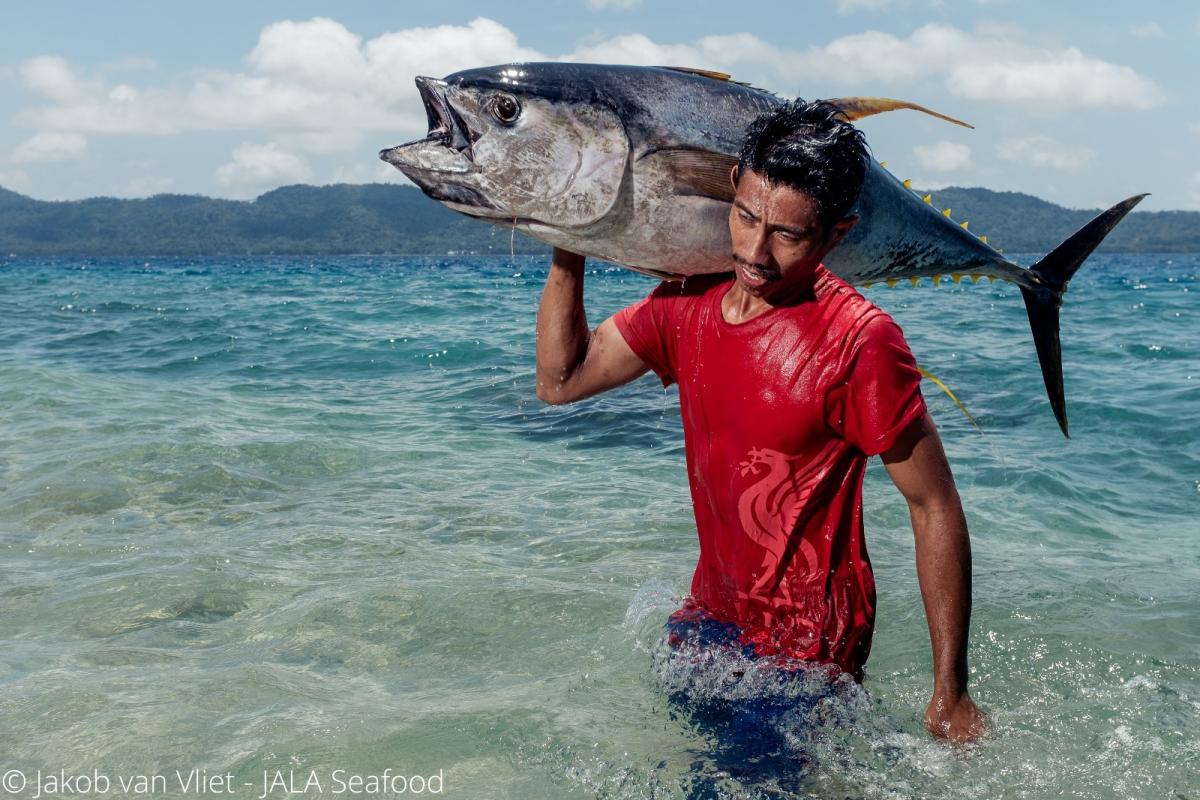
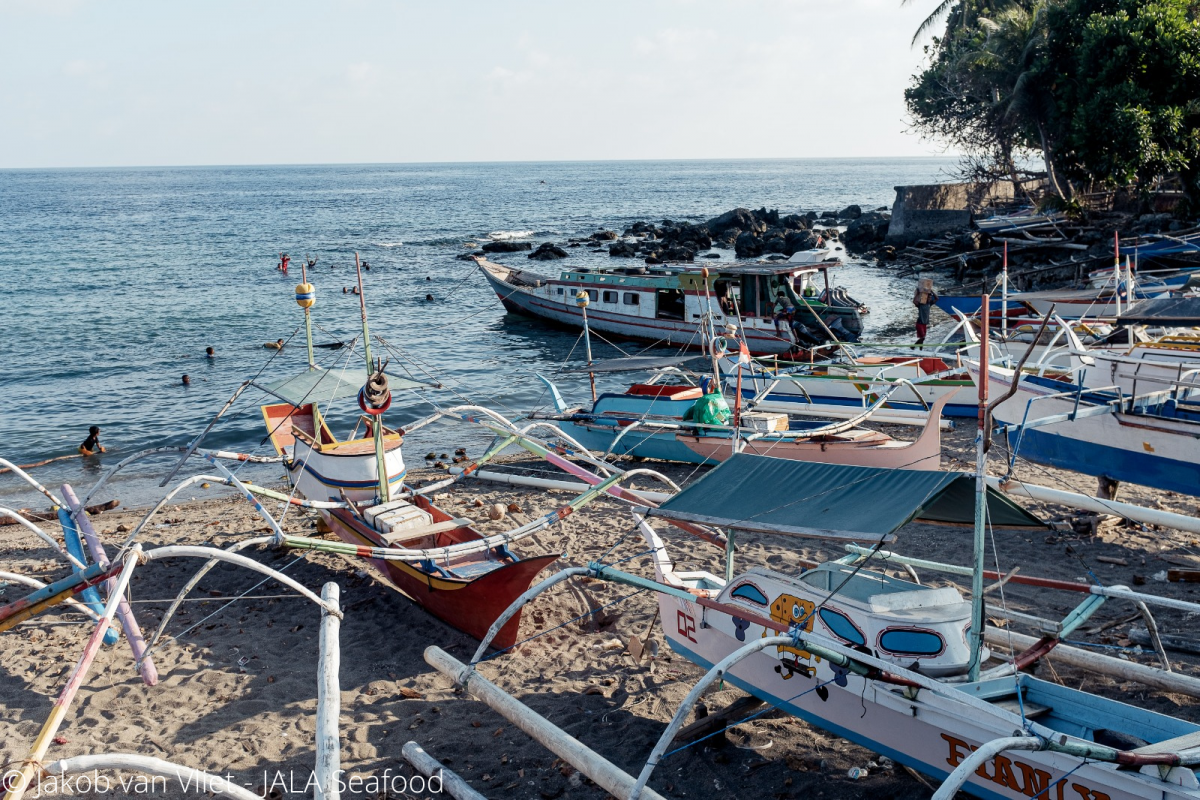
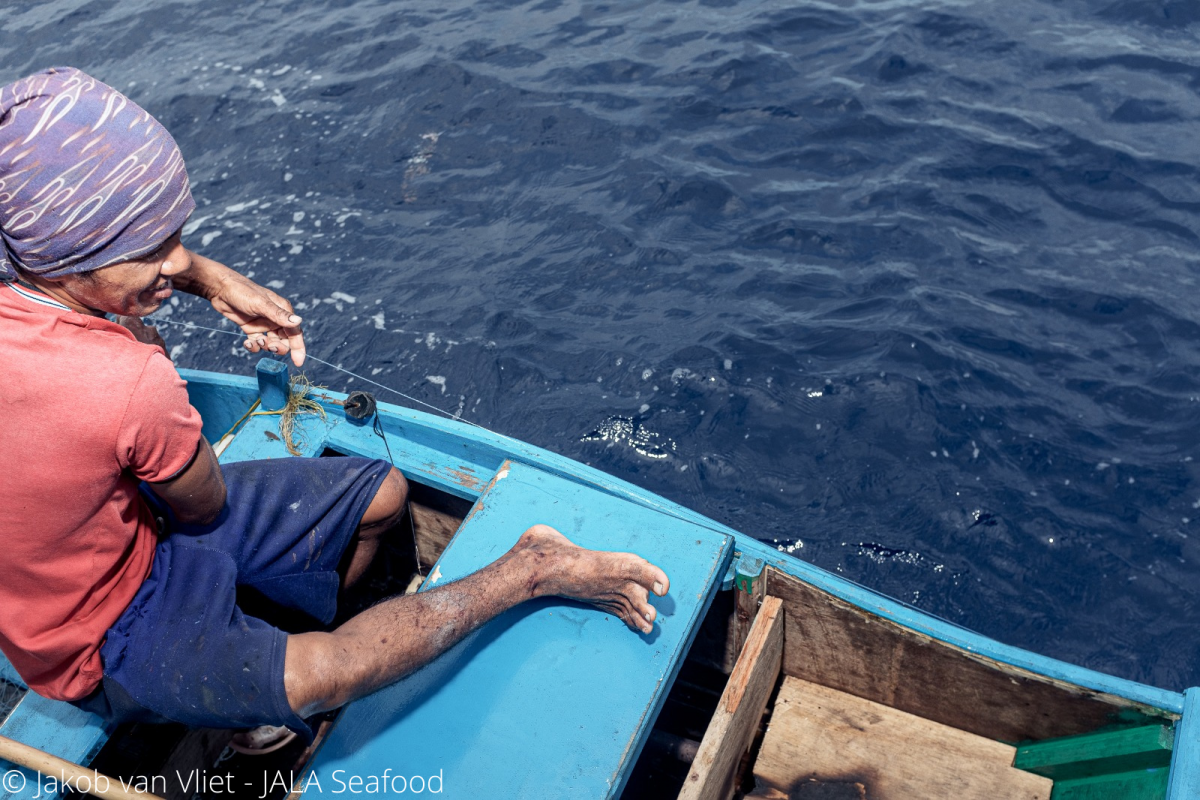
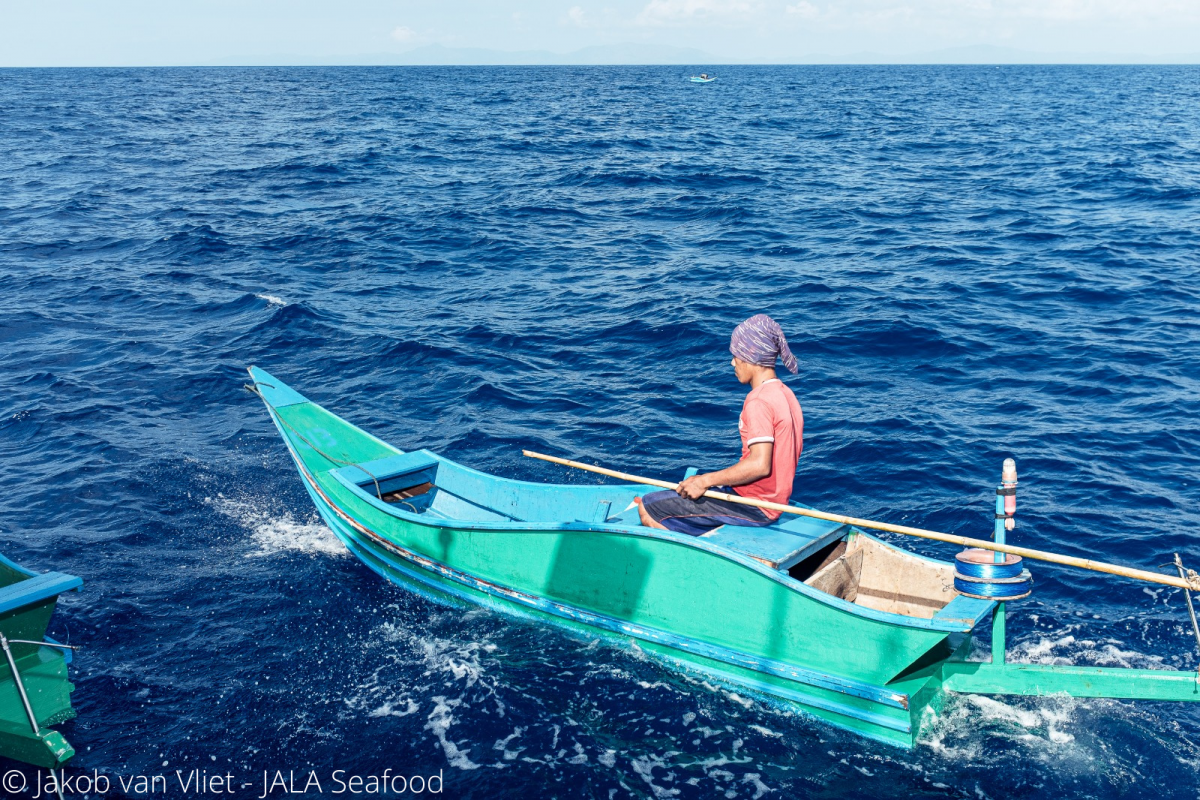
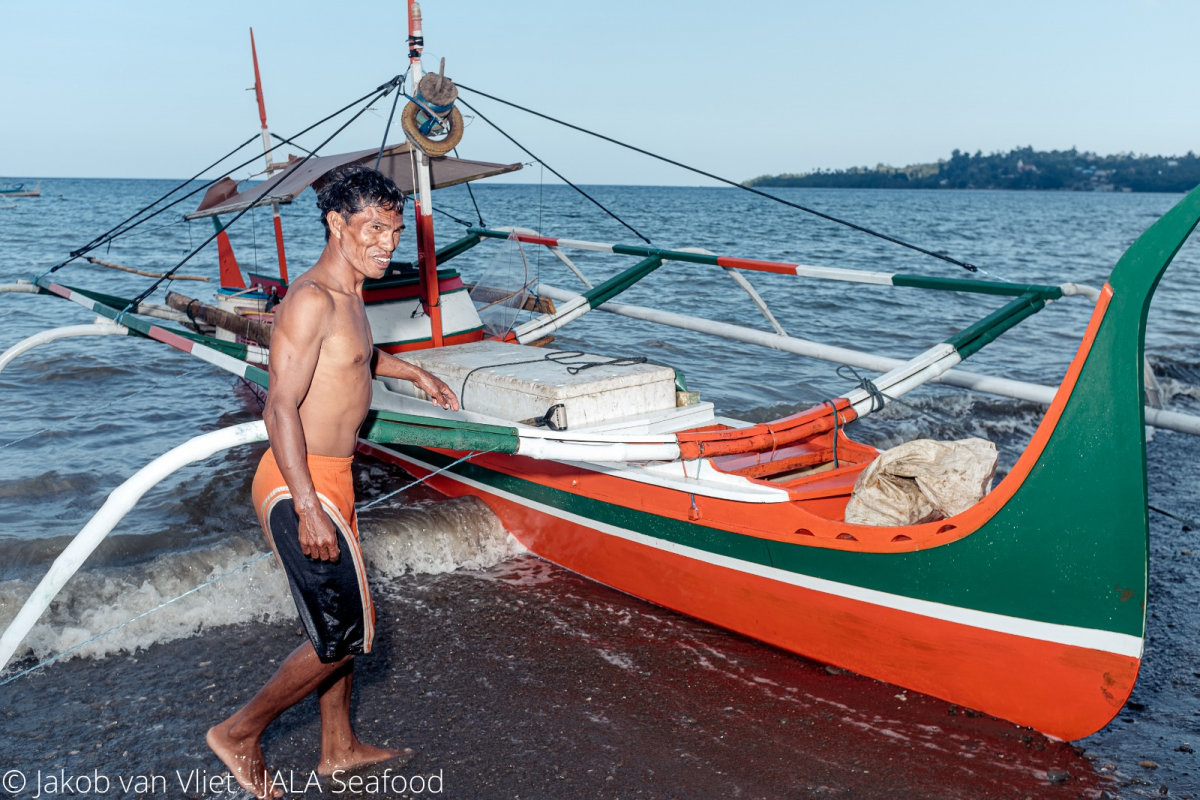
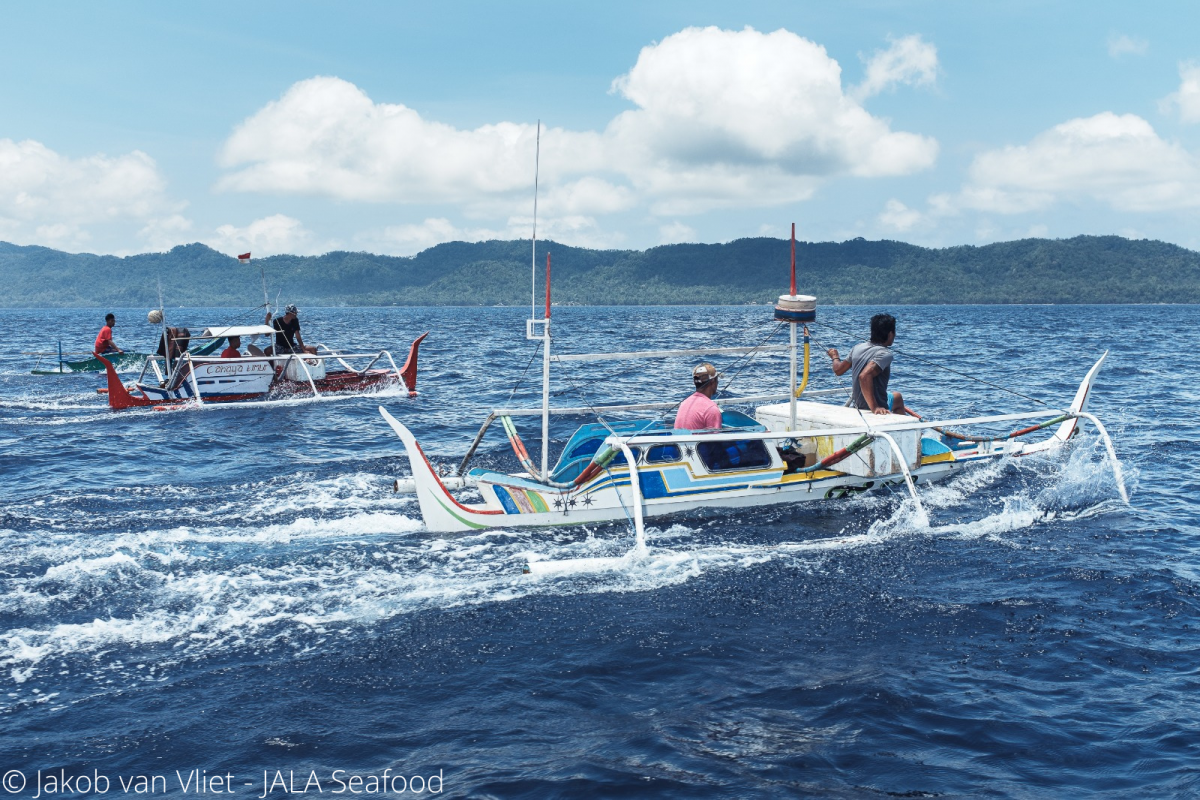
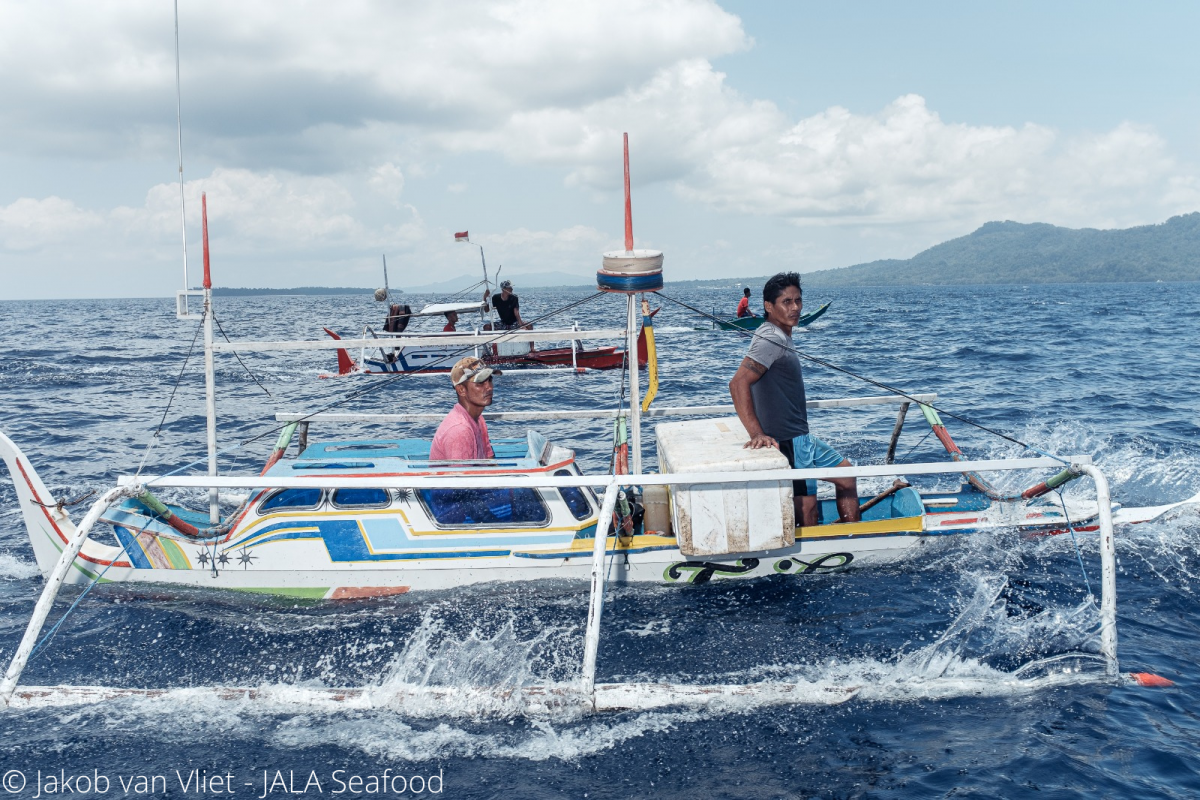
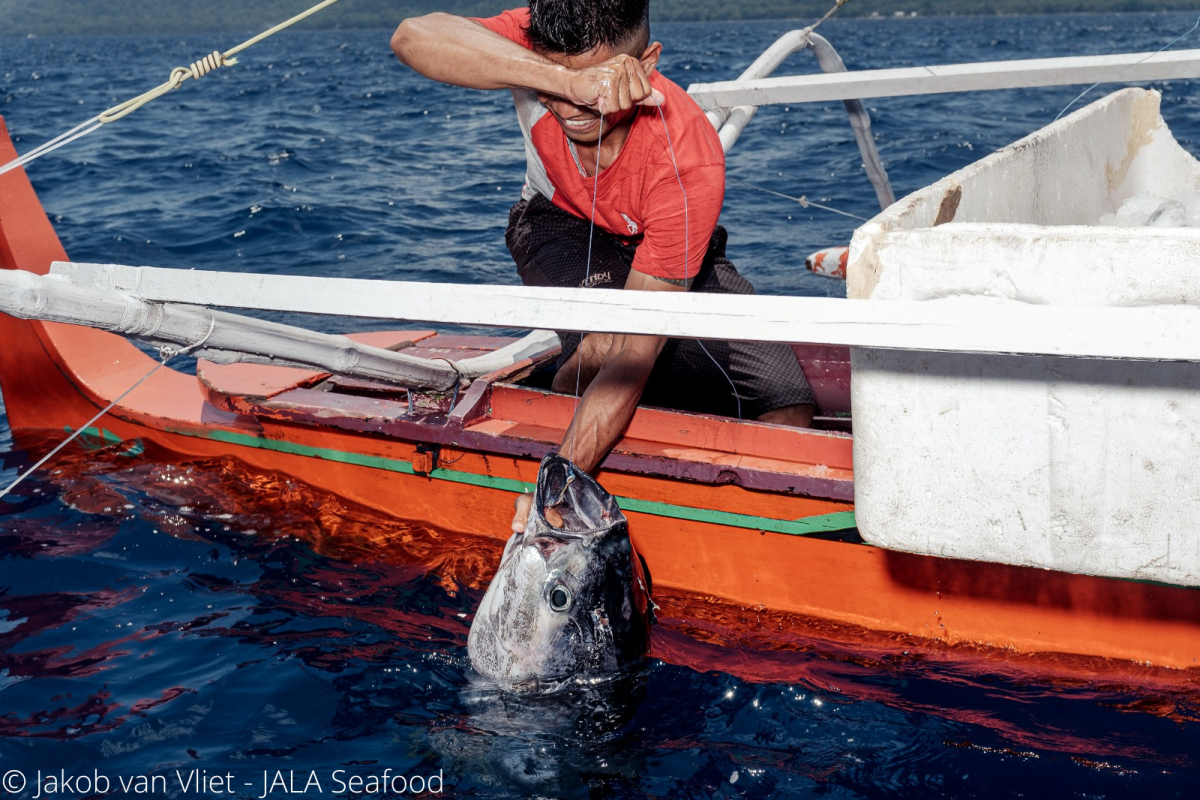
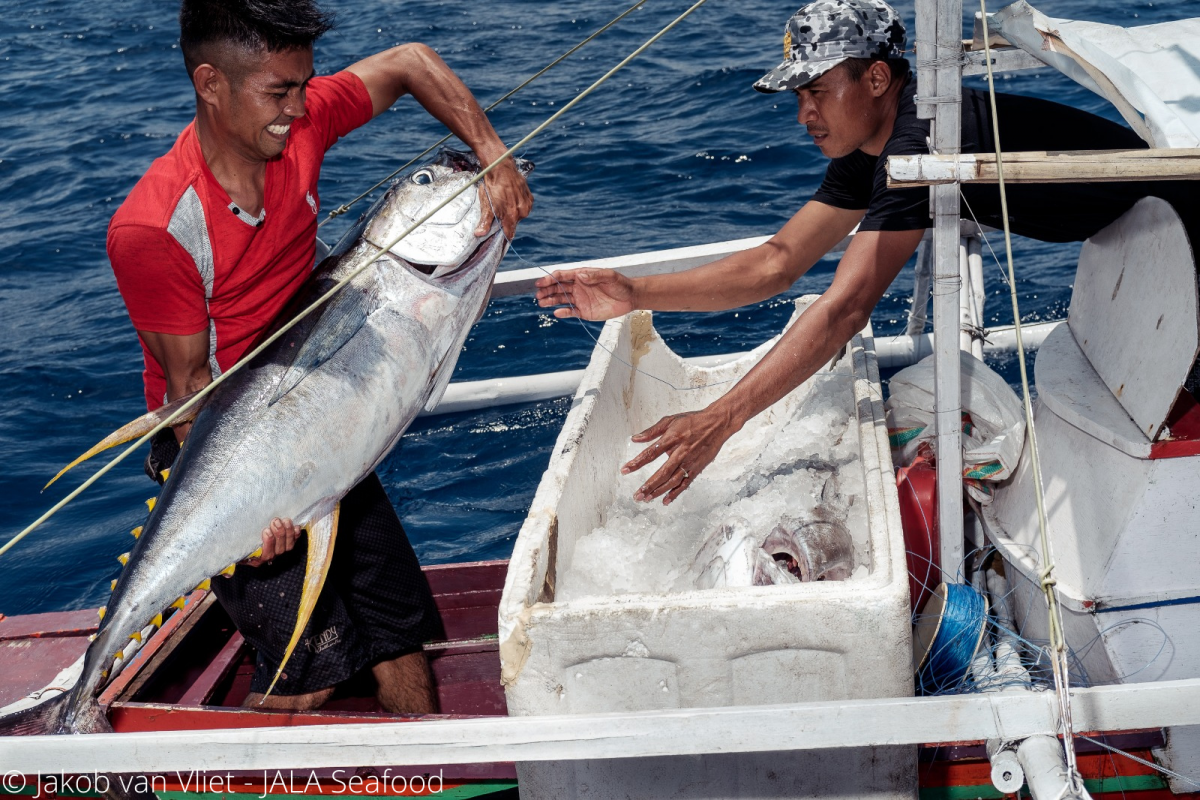
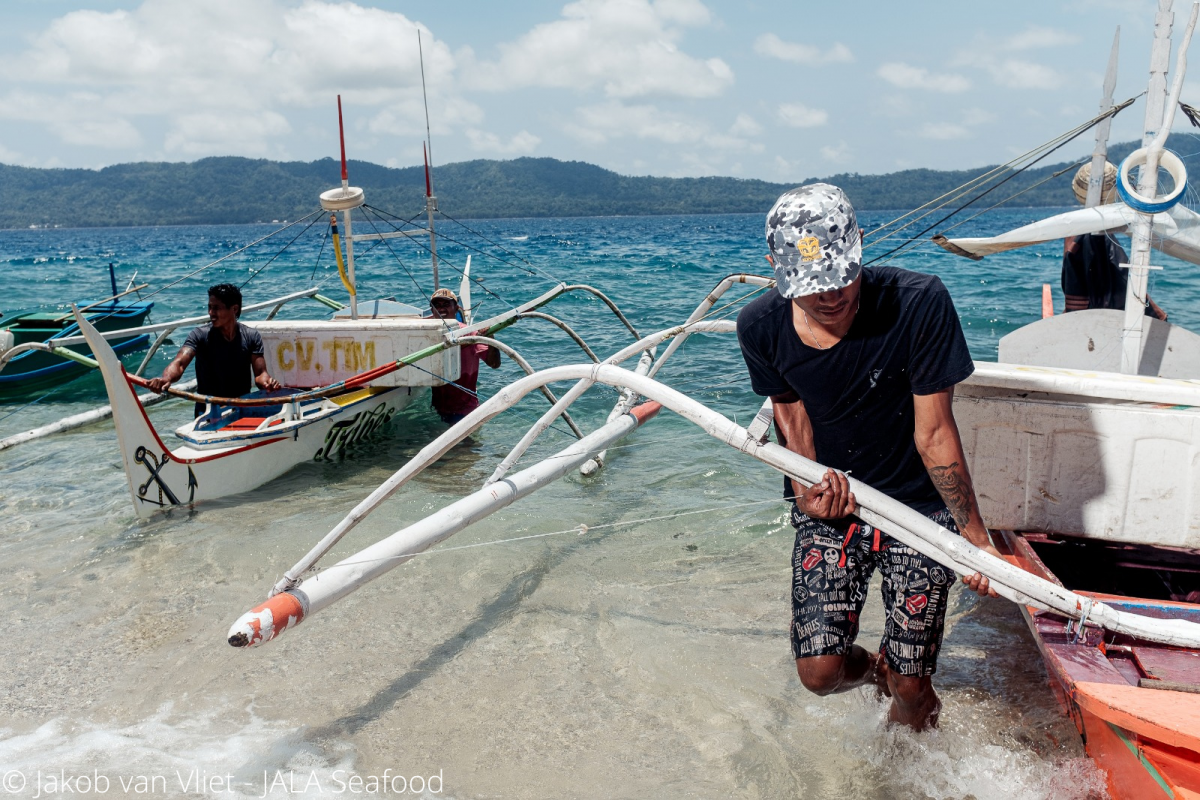
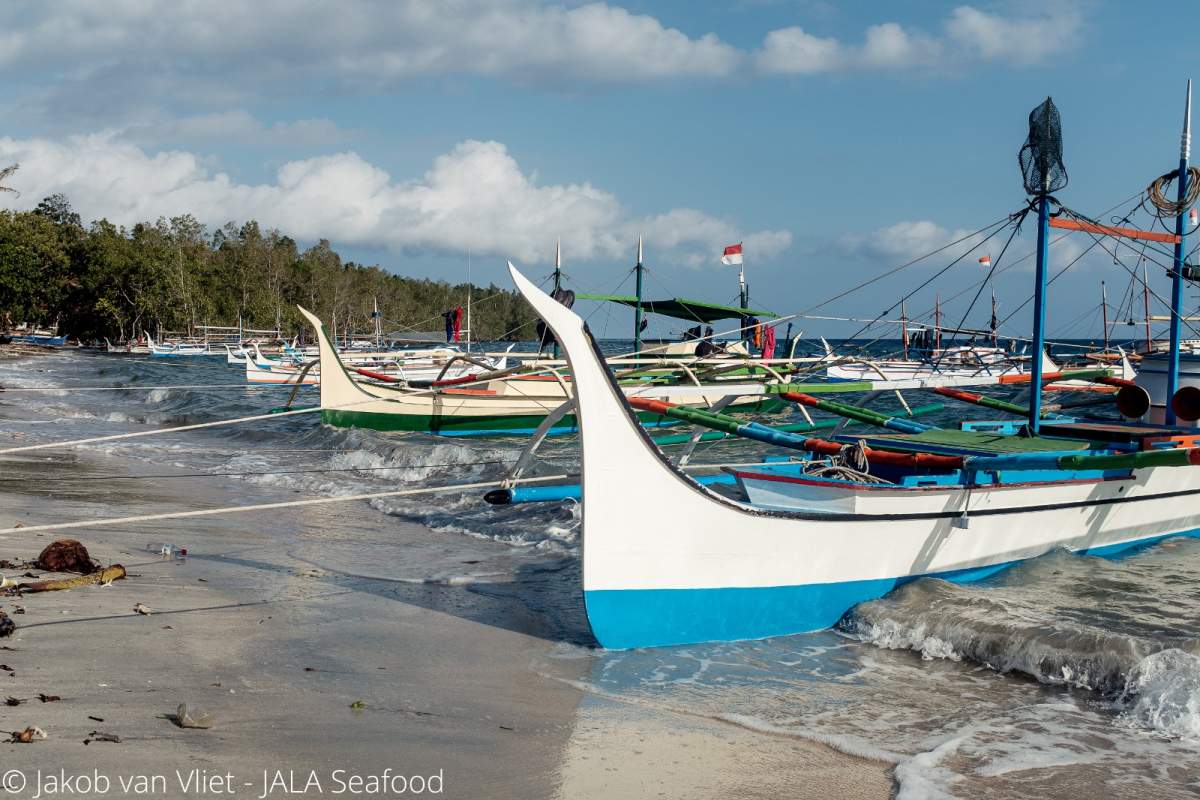
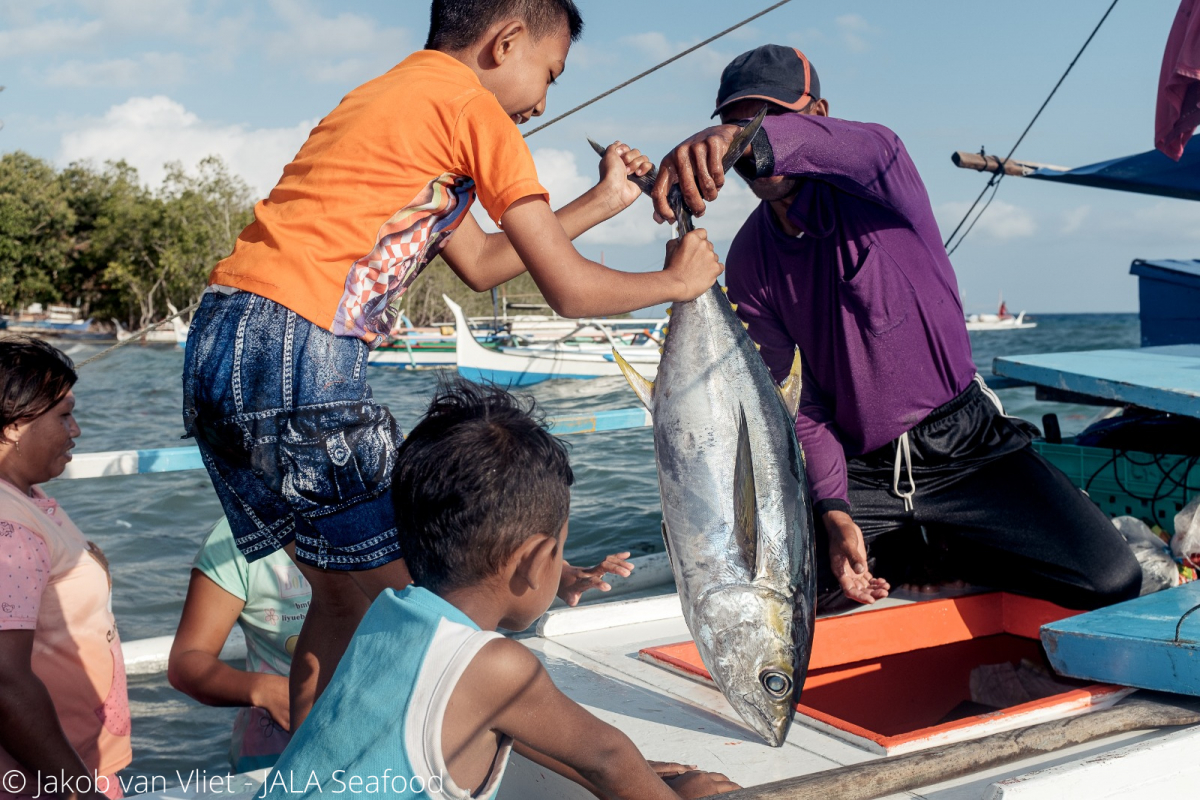
Typical Vessel
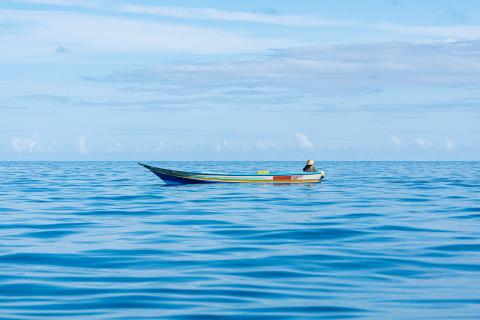
| Item | Value |
|---|---|
| Crew Size | 1 |
| Size Range(m) | 2-4 |
| Details of Type of Engine | Outboard 1-5 tonnes, inboard above 5 tonnes |
| Hold Capacity | < 10 |
| Onboard Cold Storage? | Yes |
Fleet Capacity
-
150t
- Annual Catch Volume (metric tonnes)
-
273
- Number of Vessels
Target Species
Yellowfin Tuna
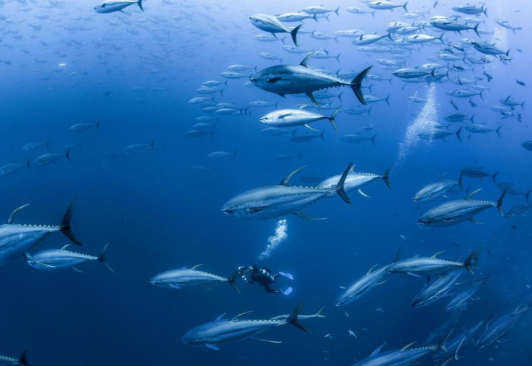
Fishing Gear
Handline
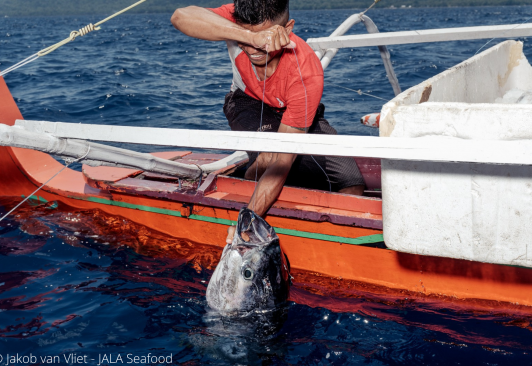
Traceability
Traceability systems are used in food supply chains to track a product from production to consumption. They assist with ensuring that standards and regulations are met throughout the supply chain, which is very important for products that travel across the globe, such as tuna.
Good traceability reduces contamination, disease, and spoilage. In the case of seafood, it also helps to maintain sustainable fish stocks in the oceans so we can keep enjoying tuna for years to come.
Most importantly, traceability provides transparency through the supply chain, allowing all parties including the consumer access to information about the products they are buying.
Fishery Information and Traceability (FIT)
Fishery Information and Traceability (FIT) programme is in place for skipjack tuna fisheries across the AP2HI membership to highlight fishery transparency and improve the efficiency of fishing practices. The FIT is a programme that collects various data regarding catch rate, vessel numbers, and bait usage across the fisheries. This data is then used to advise fisheries on key elements for improvement.
Find out more
Regional Fisheries Management Organisation
Western and Central Pacific Fisheries Commission (WCPFC)
Regional fisheries management organisations (RFMOs) are international bodies formed to manage fish stocks in an oceanic area. They include several countries with fisheries operating in that area, and some focus on particular species such as tunas. They are established through international agreements and treaties. RFMOs typically collect fishery statistics, assess fish stock conditions, monitor fishery activity and make fishery management decisions.
The Western and Central Pacific Fisheries Commission (WCPFC) was established by the Convention for the Conservation and Management of Highly Migratory Fish Stocks in the Western and Central Pacific Ocean (WCPF Convention). The Commission seeks to manage issues that arise in high-seas fisheries, to prevent overexploitation of highly migratory fish stocks.
Stock Status Reports
Yellowfin Tuna Stock Status
2021-03-25The stock status of a fish species signifies whether a species is 'overexploited', 'fully exploited' or 'underexploited'. Different organisations use different parameters to assign these labels. For example, the Food and Agricultural Organisation of the United Nations (FAO) deems any species to have less than 40% of it’s ‘unfished biomass’ to be overexploited.
The aim of assigning stock status to a species is to ensure that catches are kept at a level where future catches will not be affected, in other words, to maintain a healthy, viable population of fish.
In addition to biomass, spawning potential, catch trend and size-age composition may be used to determine stock status. These are important factors to consider as some species are more resilient than others and have different ecological features. For example, yellowfin tuna have a higher reproduction rate and are typically more resilient than other tuna species.
National Reports
Indonesia
2022-07-11National Reports are formal documents from members of the Tuna Regional Fisheries Management Organisation (tRFMO) in question. Each country that falls within the tRFMO must report on the state of their national fisheries in relation to the requirements of that tRFMO. They are normally presented to the annual Scientific Committee meetings by a credentialed head of delegation - considered national scientists. The tRFMO normally prescribes what the report should entail and how it should be structured, which would also include progress on key resolutions on conservation and management measures, and brief the ongoing scientific research of interest to the tRFMO.
